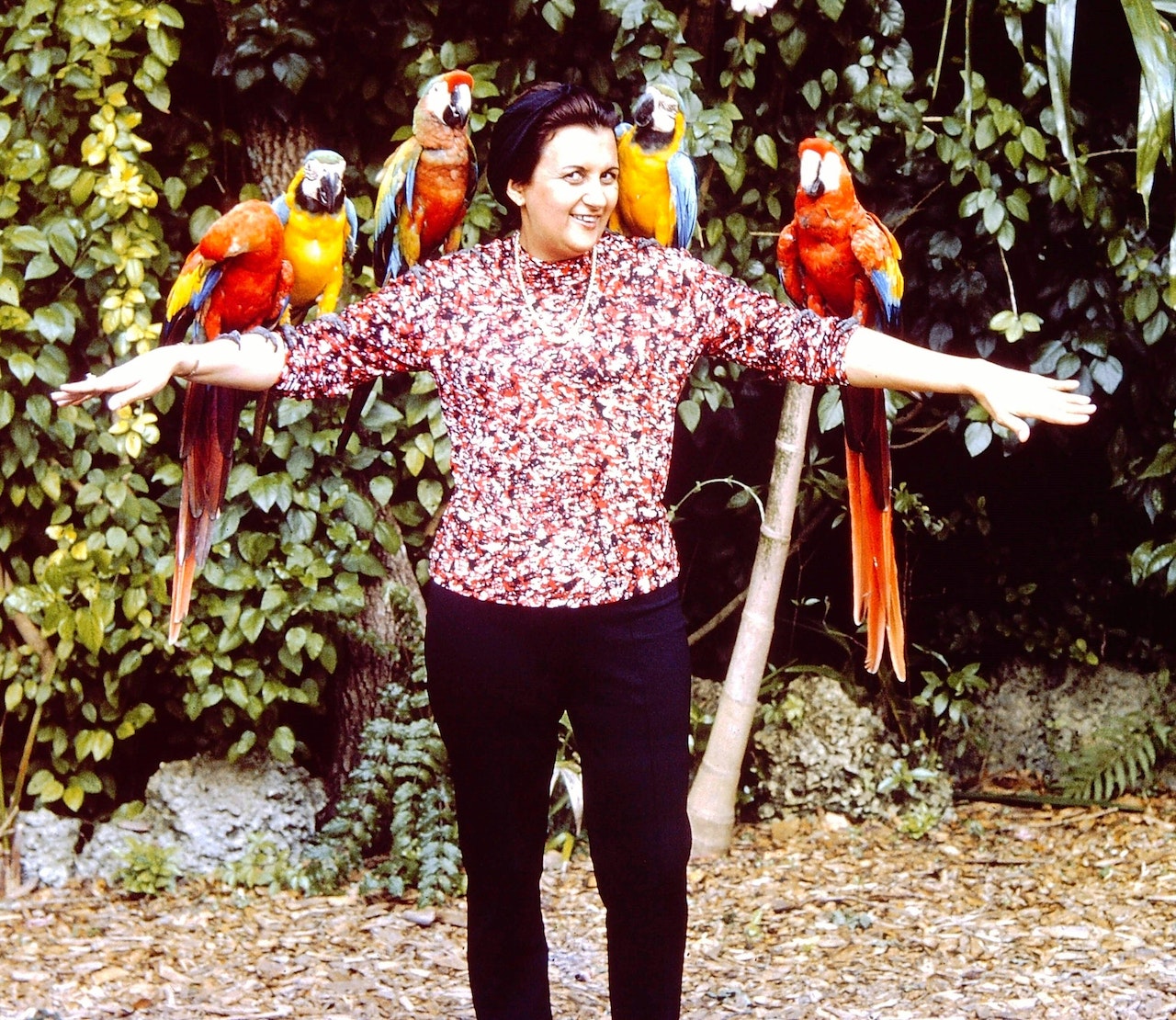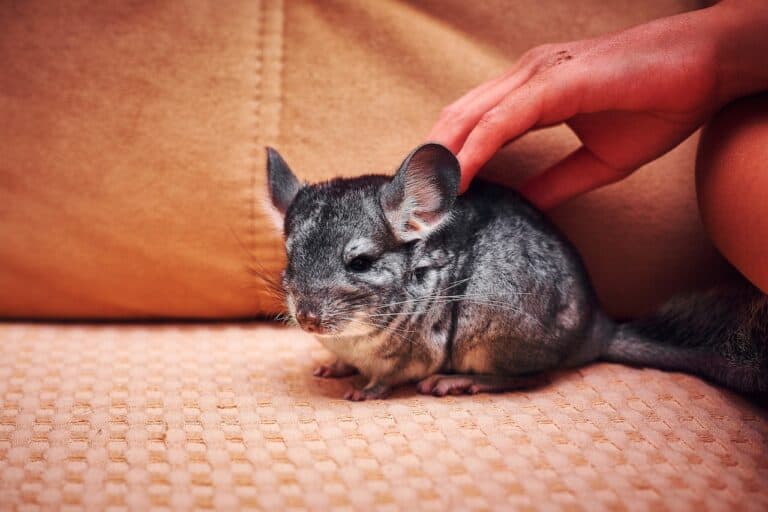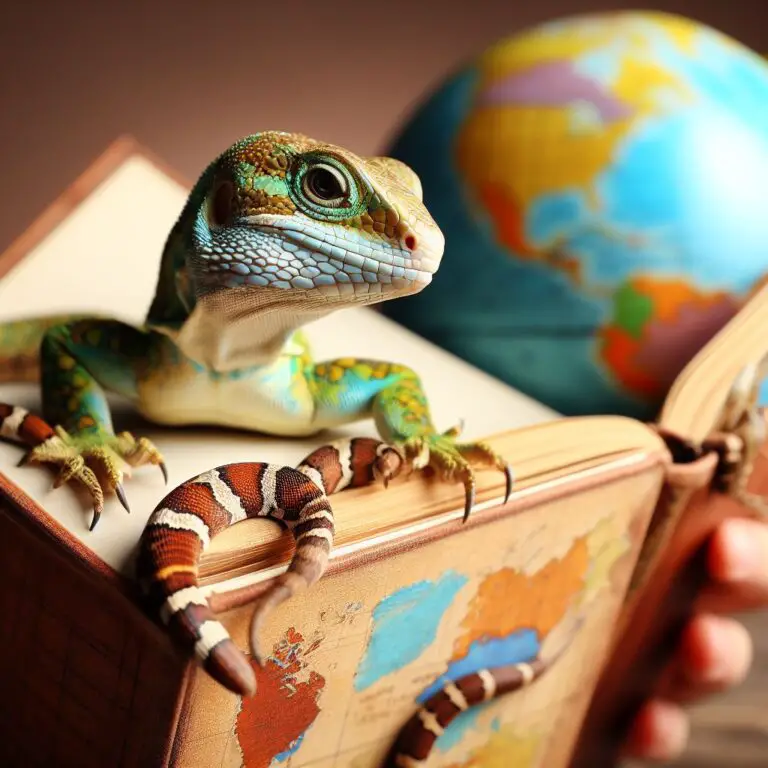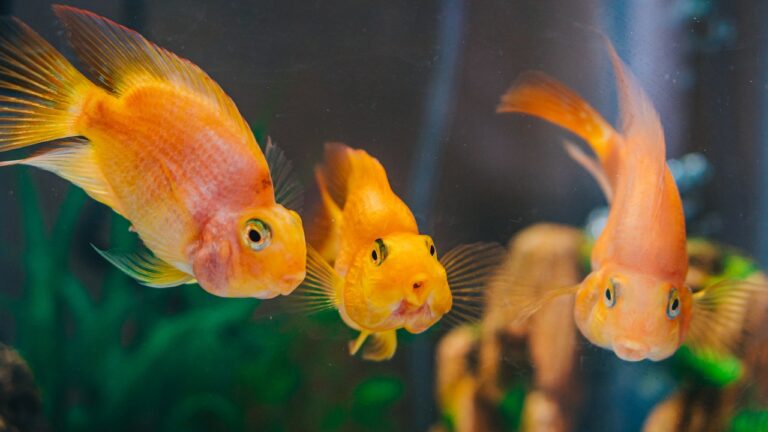Exploring the Amazing World of Macaws, Cockatoos and Toucans
When it comes to the world of exotic birds, few creatures capture the imagination quite like macaws, cockatoos, and toucans.
These colorful and charismatic birds are not only a sight to behold but also boast intriguing behaviors and unique characteristics that make them stand out in the avian kingdom.
In this comprehensive guide, we’ll delve deep into the enchanting world of these feathered wonders, uncovering their secrets, habitats, and what makes them so captivating.
Key Takeaways:
- Macaws, cockatoos, and toucans are stunning and charismatic birds with unique characteristics that make them stand out in the avian world.
- Macaws are known for their vibrant colors, social nature, and acrobatic flying displays. They require a lifelong commitment from owners and have specific care needs.
- Cockatoos are recognizable by their crests and are cherished for their playful personalities and vocal abilities. Bonding and social interaction are vital for their well-being.
- Toucans are famous for their oversized bills, frugivorous diet, and limited flight. They exhibit fascinating breeding behaviors and rely on old-growth forests for nesting.
- All three bird species face threats in the wild, including habitat loss and the illegal pet trade. Conservation efforts and captive breeding programs are essential for their survival.
- Prospective owners of these birds must be prepared for a lifelong commitment, provide a specialized diet, mental stimulation, and adhere to legal considerations.
- Supporting conservation organizations and initiatives is crucial for the protection of these exotic birds and their habitats.
- Addressing challenges such as habitat destruction, legislation against the illegal pet trade, and climate change is vital for securing the future of these iconic avian species.
The Diversity of Macaws
1. A Rainbow of Colors
Macaws are renowned for their stunning plumage, which comes in a dazzling array of colors. From the vibrant scarlet macaw to the electric blue hyacinth macaw, these birds are nature’s living art.
Additional Information: The brilliance of macaw colors is further enhanced by their feather structure. The microscopic structure of their feathers scatters and reflects light, creating a luminous effect. This is known as structural coloration and adds to the mesmerizing beauty of these birds.
2. Geographic Distribution
These birds can be found in Central and South America, with some species even inhabiting Mexico and the Caribbean. Their natural habitats include rainforests, savannas, and swamps.
Additional Information: Macaws are well-adapted to various environments within their range. For example, the scarlet macaw prefers lowland tropical rainforests, while the military macaw thrives in more arid regions. Understanding their geographic distribution is essential for conservation efforts.
3. Social Creatures
Macaws are highly social birds and often form tight-knit flocks in the wild. Their raucous calls can be heard echoing through the treetops as they communicate with one another.
Additional Information: Within these flocks, macaws display complex social structures. They engage in vocalizations, preening each other, and even share food. This social behavior not only reinforces their bonds but also helps them detect and respond to potential threats.
4. Lifespan
Macaws have impressive lifespans, with some species living up to 60-80 years in captivity. This longevity makes them cherished companions for bird enthusiasts.
Additional Information: Proper care is essential for maximizing the lifespan of macaws. A well-balanced diet, regular vet check-ups, and a stimulating environment can contribute to their longevity. Many macaw species form lifelong bonds with their owners, emphasizing the need for commitment in caring for these birds.
5. Unique Behaviors
Macaws exhibit intriguing behaviors in the wild and in captivity. They are known for their acrobatic flying displays, which often involve daring aerial maneuvers. These displays are not just for show; they also play a role in courtship and bonding within the flock.
Additional Information: Macaws engage in courtship rituals that include mutual preening, regurgitating food as a sign of affection, and synchronized flight patterns. Understanding these behaviors is essential for those interested in breeding macaws.
The Charisma of Cockatoos
1. Unique Crests
Cockatoos are instantly recognizable thanks to their striking crests. These feathery crowns can be raised or lowered, reflecting the bird’s mood or excitement level.
Additional Information: Crests in cockatoos are composed of feathers that can be controlled voluntarily. When a cockatoo is relaxed, its crest is often lowered. However, when it’s excited, alarmed, or in a playful mood, the crest can be raised as a form of expression.
2. Playful Personalities
Cockatoos are known for their playful and affectionate nature. They often form strong bonds with their human caregivers and enjoy interactive playtime.
Additional Information: Bonding with a cockatoo requires time and patience. They thrive on social interaction, so spending quality time with them is crucial. Cockatoos may develop separation anxiety if left alone for extended periods.
3. Vocal Abilities
Cockatoos are excellent mimics and can imitate a wide range of sounds, from household noises to musical tunes. This talent adds to their charm and appeal.
Additional Information: Cockatoos are not only great imitators but also have a wide range of vocalizations to communicate with their flock. These include contact calls, alarm calls, and specific vocalizations during courtship or play.
4. Varied Species
Cockatoos come in various species, each with its unique characteristics. For example, the sulphur-crested cockatoo is known for its striking yellow crest and playful demeanor, while the umbrella cockatoo is cherished for its gentle and affectionate nature.
Additional Information: Each cockatoo species has specific care requirements and temperaments. For example, the larger species like the Moluccan cockatoo require more space and social interaction compared to smaller species like the Goffin’s cockatoo. Understanding these differences is crucial for providing appropriate care.
The Enigma of Toucans
1. Iconic Bills
Toucans are instantly recognizable due to their oversized, colorful bills. These bills are not just for show; they serve various purposes, including regulating body temperature.
Additional Information: The bill of a toucan contains numerous blood vessels that help regulate its body temperature. When the bird is too hot, it can dissipate heat by dilating the blood vessels in its bill, resembling the act of panting in mammals.
2. Fruitarians
Toucans primarily feed on fruits, making them vital seed dispersers in their ecosystems. Their diet plays a crucial role in maintaining the diversity of their rainforest homes.
Additional Information: Toucans are frugivores, but their diet also includes insects, small vertebrates, and even the occasional egg. Their varied diet contributes to the ecological balance of the rainforest by dispersing seeds over wide areas.
3. Limited Flight
Despite their large bills, toucans are agile fliers. However, their flights are usually short and limited, as their bills make them somewhat top-heavy.
Additional Information: Toucans use their flight primarily for foraging and escaping predators. Their strong wing muscles allow them to maneuver swiftly through the dense vegetation of the rainforest, making them effective hunters of small prey.
4. Intricate Breeding Behavior
Toucans exhibit fascinating breeding behaviors. They often nest in tree cavities, and both male and female share the responsibility of incubating the eggs and caring for the chicks. This cooperative parenting ensures the survival of their offspring.
Additional Information: Toucans are cavity nesters, meaning they seek out tree hollows or use abandoned woodpecker holes for nesting. This behavior highlights the importance of preserving old-growth forests, which provide essential nesting sites for these birds.
Conservation Efforts
1. Threats to Their Survival
All three of these bird species face threats in the wild, including habitat loss and illegal wildlife trade. Conservation efforts are crucial to protecting these charismatic creatures.
Additional Information: Habitat loss due to deforestation, urbanization, and agriculture is one of the primary threats to these birds. Additionally, the illegal pet trade continues to put pressure on wild populations, emphasizing the importance of stricter regulations and enforcement.
2. Captive Breeding Programs
Many organizations and aviaries run captive breeding programs to ensure the survival of macaws, cockatoos, and toucans. These programs help maintain genetic diversity and release birds back into their natural habitats.
Additional Information: Captive breeding programs have played a significant role in bolstering populations of endangered macaw and cockatoo species. These programs also serve as a valuable source of genetic diversity, which is essential for the long-term survival of these birds.
Caring for Exotic Birds
1. A Lifetime Commitment
Owning macaws, cockatoos, or toucans is a significant responsibility due to their long lifespans. Prospective owners must be prepared for a lifelong commitment.
Additional Information: The commitment of owning these birds extends to providing proper socialization, mental stimulation, and a balanced diet throughout their long lives. It’s important to have a plan in place for their care in case of unexpected life changes.
2. Proper Diet and Enrichment
These birds require a specialized diet rich in fruits, nuts, and seeds. Providing mental and physical stimulation through toys and activities is essential for their well-being.
Additional Information: Macaws, cockatoos, and toucans have specific dietary needs that must be met to maintain their health. Offering a variety of fruits, vegetables, nuts, and high-quality commercial bird pellets is crucial. Enrichment activities, such as foraging puzzles and toys, prevent boredom and behavioral issues.
3. Legal Considerations
Before acquiring any of these birds, it’s essential to understand the legal requirements and restrictions related to their ownership, as they are protected by international conservation laws.
Additional Information: Ownership of these birds often requires permits and adherence to strict regulations, especially for species listed under the Convention on International Trade in Endangered Species of Wild Fauna and Flora (CITES). Consulting with local authorities and conservation organizations can help navigate the legal aspects of ownership.
The Role of Conservation Organizations
Conservation Initiatives
Various conservation organizations and initiatives are dedicated to the protection of these remarkable birds. They engage in activities such as habitat restoration, anti-poaching efforts, and public education campaigns.
Additional Information: Supporting these organizations through donations and volunteer work is an impactful way to contribute to the preservation of macaws, cockatoos, and toucans. Many of these organizations offer opportunities for individuals to get involved in conservation efforts.
The Future of These Exotic Birds
Conservation Challenges
While progress has been made in conserving these birds, numerous challenges remain. These include ongoing habitat destruction, the need for stricter legislation against the illegal pet trade, and climate change affecting their native habitats.
Additional Information: The future of macaws, cockatoos, and toucans depends on global efforts to address these challenges. Conservationists, researchers, and concerned individuals play a vital role in securing a brighter future for these iconic avian species.
Conclusion
In this comprehensive guide, we’ve explored the multifaceted world of macaws, cockatoos, and toucans. Their vibrant colors, unique behaviors, and conservation needs make them captivating subjects for bird enthusiasts.
As you consider welcoming one of these exotic birds into your life, remember the commitment it entails and the responsibility to protect their natural habitats.
FAQs
Are macaws, cockatoos, and toucans good pets?
While they can make wonderful companions, they require a lot of care, attention, and space, so they’re better suited to experienced bird owners.
What is the most colorful macaw species?
The scarlet macaw is famous for its vibrant red, yellow, and blue plumage.
How can I contribute to the conservation of these birds?
You can support conservation organizations, avoid purchasing birds from the illegal wildlife trade, and raise awareness about the importance of protecting their habitats.
Do toucans make good additions to aviaries or sanctuaries?
Yes, toucans can thrive in well-designed aviaries or sanctuaries with proper care and attention to their unique needs.
What’s the best way to provide mental stimulation for these birds?
Enrichment toys, puzzles, and interactive playtime are excellent ways to keep macaws, cockatoos, and toucans mentally engaged and happy.
Peter Stones is the founder of Exotic Pets Place, the leading online resource for exotic pet care information.
With over 10 years of hands-on exotic pet ownership experience, he is deeply passionate about sharing his expertise to help others properly care for their unusual pets.
When he's not writing extensively researched articles or connecting with fellow exotic pet enthusiasts worldwide, you can find Peter at home tending to his own beloved menagerie of exotic animals.



![Creating the Perfect Aquarium for Exotic Aquatic Pets [Full Guide], a girl looking at a fish tank](https://exoticpetsplace.com/wp-content/uploads/2023/06/Creating-the-Perfect-Aquarium-for-Exotic-Aquatic-Pets-Full-Guide-a-girl-looking-at-a-fish-tank-768x512.jpg)



